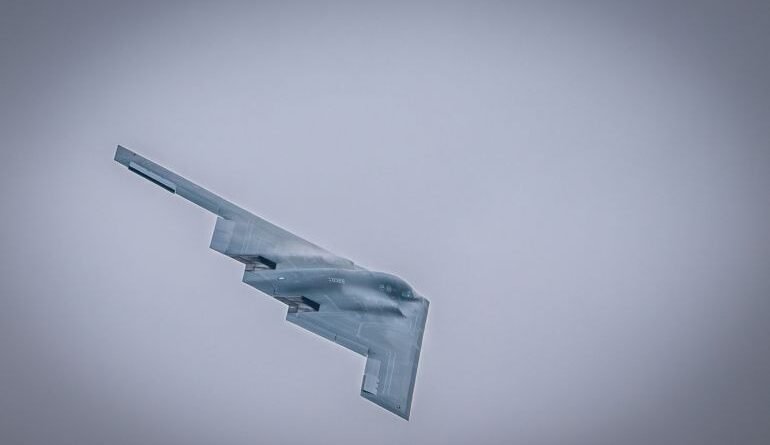Can US Airstrikes Cripple Iran’s Nuclear Ambitions?
US President Donald Trump claims Iran’s key nuclear enrichment facilities ‘totally obliterated’ after bombing of three nuclear sites.
US Airstrikes Hit Key Iranian Nuclear Sites, Heightening Middle East Tensions
In a bold and highly coordinated mission early Sunday, the United States launched strikes on three major Iranian nuclear facilities—Natanz, Isfahan, and Fordow—marking a dramatic escalation in U.S. involvement in Israel’s ongoing conflict with Iran. The strikes have sparked global concern over a broader military confrontation in the already volatile Middle East, as Gaza continues to suffer under Israeli bombardment.
President Donald Trump, in a national address, defended the action as a preemptive strike to halt what he described as Iran’s advancing nuclear threat. “Iran’s key enrichment infrastructure has been completely and totally destroyed,” Trump claimed, asserting the success of the operation and cautioning Tehran against any retaliatory steps.
The targeted sites—central to Iran’s uranium enrichment efforts—were reportedly selected for their strategic significance. The Fordow facility, deeply embedded in a mountain near Qom, was the primary focus. It was struck with 14 GBU-57 “bunker buster” bombs deployed from stealth B-2 bombers, capable of reaching deep underground targets, according to U.S. Defense Secretary Pete Hegseth.
The Natanz facility, Iran’s largest enrichment complex located 300km south of Tehran, sustained heavy damage from over two dozen Tomahawk missiles, reportedly fired from U.S. submarines. Natanz houses both above-ground test facilities and deep-underground centrifuge halls critical to Iran’s nuclear infrastructure.
Isfahan, a site with a long history of nuclear research and uranium conversion dating back to the 1970s, was the final target in the aerial campaign. U.S. officials said approximately 125 aircraft participated in the mission, which concluded without detection by Iranian defense systems.
Iranian officials, while confirming the locations were struck, sought to minimize the impact. On state television, senior broadcaster Hassan Abedini noted the facilities had been evacuated in advance and claimed minimal damage. “The sensitive materials were removed earlier. The strikes caused no major operational loss,” he said.
Foreign Minister Abbas Araghchi condemned the attack as an act of aggression, declaring that diplomatic efforts were now “off the table.” Speaking from Istanbul, he accused the U.S. of reckless provocation and warned of severe consequences.
Despite U.S. and Israeli assertions that Iran’s uranium stockpile could be diverted for weapons use, Tehran maintains its nuclear program is exclusively for peaceful, civilian purposes. The International Atomic Energy Agency (IAEA) has repeatedly found no evidence that Iran is actively building a nuclear weapon.
With the full scale of destruction yet to be independently verified, and tensions rising on multiple fronts, the world is left watching what may become a defining moment in a broader geopolitical struggle.
US Airstrikes Hit Iran’s Nuclear Sites | Tensions Escalate in Middle East
